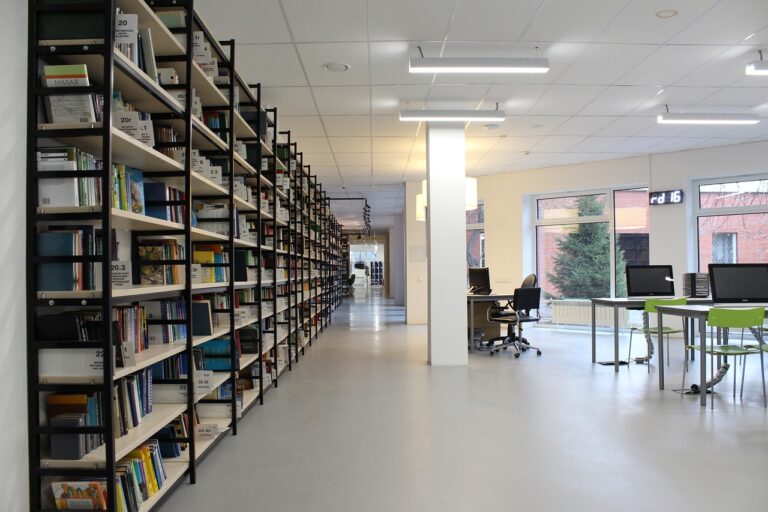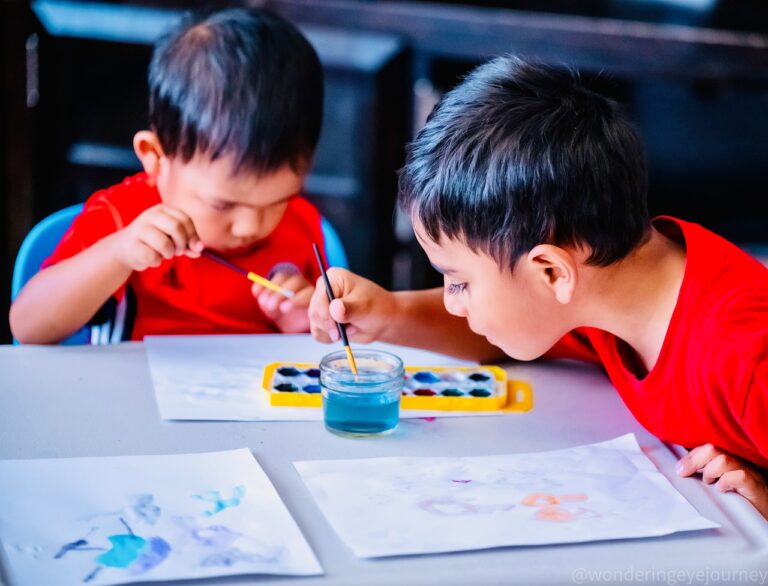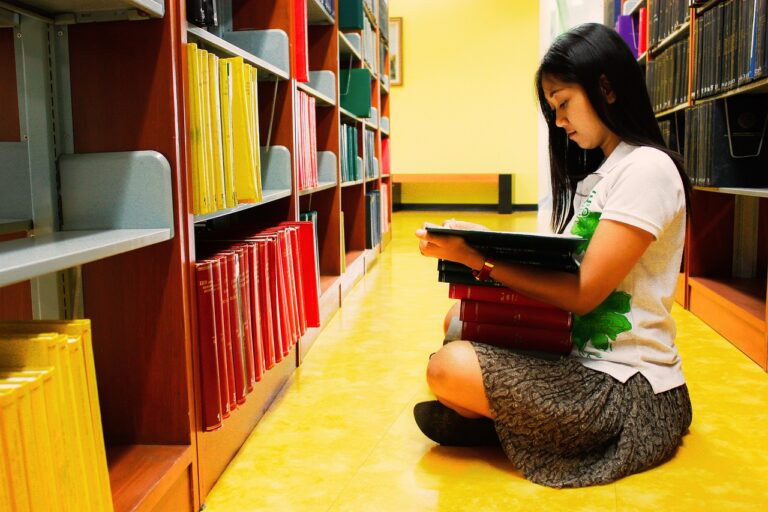Education and Global Citizenship: A Worldview
Culture is not a solitary entity; rather, it is intertwined with various aspects of society. From language and art to beliefs and traditions, every culture is a unique tapestry woven with threads of history and experiences. These interconnections shape the way people perceive the world around them and influence their interactions with others.
When we delve into the interconnectedness of cultures, we begin to appreciate the richness and diversity of human civilization. Through shared experiences and exchanges, cultures borrow and adapt elements from one another, creating a dynamic fusion of customs and practices. This cultural interchange fosters mutual understanding and respect, breaking down barriers and paving the way for a more interconnected global community.
The Importance of Cultural Diversity in Education
Cultural diversity in education enriches the learning experience for students, providing them with a broader understanding of the world around them. Exposure to different cultures fosters empathy, tolerance, and open-mindedness, essential qualities in today’s global society. By incorporating diverse perspectives into the curriculum, students are better equipped to navigate an interconnected world and engage with individuals from various backgrounds.
Furthermore, embracing cultural diversity in education can help address systemic inequalities and biases that may exist within traditional teaching practices. It offers a platform for marginalized voices to be heard and valued, promoting inclusivity and equity in the classroom. Educators play a crucial role in creating a welcoming environment that celebrates diversity, encouraging students to embrace their own cultural identity while respecting the uniqueness of others.
Why is understanding the interconnectedness of cultures important in education?
Understanding the interconnectedness of cultures helps promote inclusivity, empathy, and respect for diversity among students.
How does cultural diversity enhance the learning experience in education?
Cultural diversity exposes students to different perspectives, ideas, and ways of life, enriching their learning experience and fostering critical thinking skills.
What are some ways educators can incorporate cultural diversity into their teaching methods?
Educators can incorporate cultural diversity into their teaching methods by incorporating diverse perspectives in the curriculum, celebrating cultural holidays, and promoting multicultural awareness in the classroom.
How does cultural diversity in education prepare students for a globalized world?
Cultural diversity in education helps prepare students for a globalized world by equipping them with the skills and knowledge to navigate diverse cultural contexts, communicate effectively across cultures, and work collaboratively with individuals from different backgrounds.





